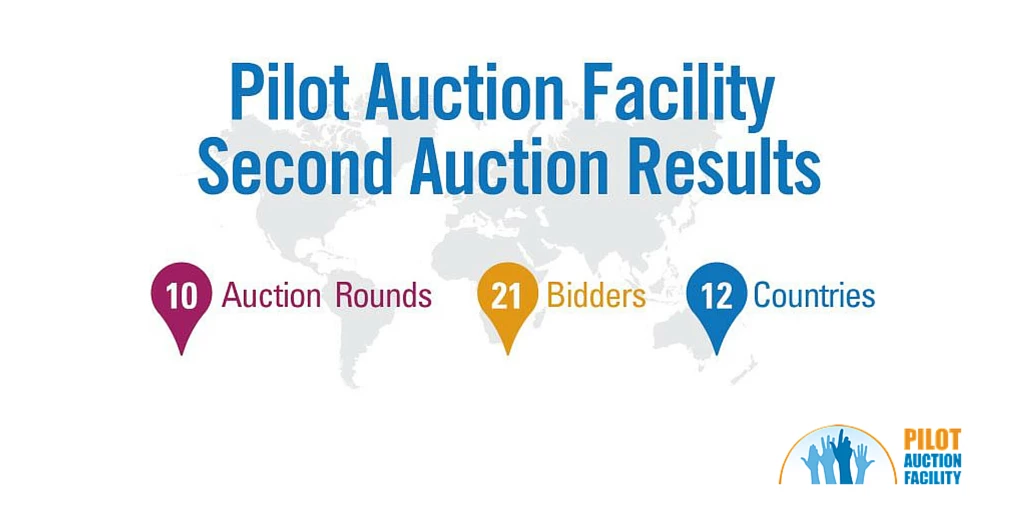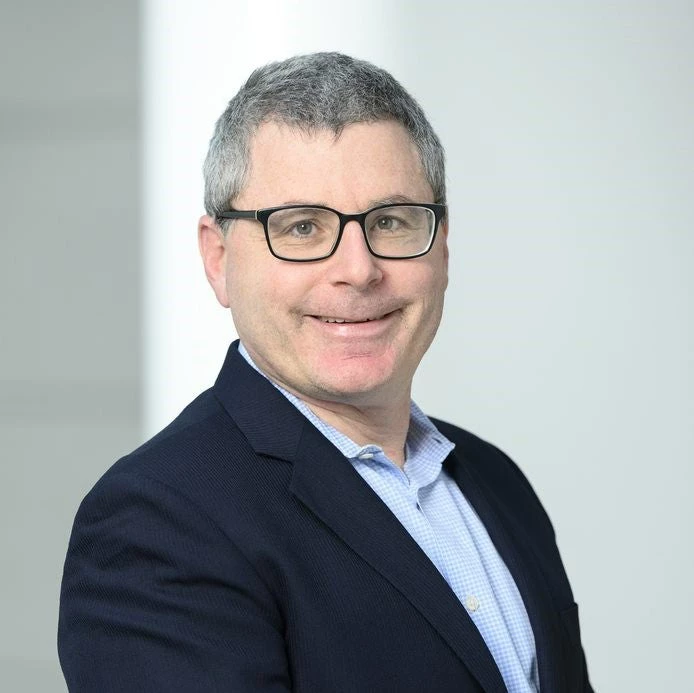
Auctions are ubiquitous. On any given day, somewhere in the world, bidders compete for energy, wireless spectrum, used vehicles, agricultural products—the list goes on. Auctions can help resolve uncertainties in the market, convening buyers and sellers to help them achieve the best possible price for goods or services that are otherwise difficult to value.
Auctions can also resolve uncertainties in the development sector, identifying the projects most likely to succeed and determining the right level of funding. To test this hypothesis in the climate arena, the World Bank has been piloting an approach to incentivize green projects in developing countries. The Pilot Auction Facility for Methane and Climate Change Mitigation (PAF) held its second online auction earlier this month, allocating $20 million in funding directly to the private sector for projects reducing methane emissions.
Here’s how the PAF auctions work:
- Public or private funders commit resources to achieve a specific outcome. In the case of the PAF, four countries (Germany, Sweden, Switzerland, and the United States) contributed over $50 million to achieve emission reductions in developing countries.
- Private firms bid in an online auction to receive a share of this funding. The firms that can deliver results (e.g., emission reductions) at the lowest cost win.
- Winners don’t sign direct purchase agreements to sell their emission reductions. Rather, they purchase put options, which give them the right but not the obligation to sell emission reductions in the future at a guaranteed price (or strike price). In the PAF’s first auction, winners paid $0.30/ton for options with a $2.40/ton strike price, and in the second auction, winners paid $1.41/ton for options with a $3.50/ton strike price—no free lunch here.
- The PAF only disburses funds once the results have been third-party verified. And if the auction winners cannot produce as planned, they can seek to recoup their investment by selling the options to another firm who can deliver, maximizing the likelihood of achieving the funder’s desired results.
Having completed a second successful auction, the team managing the PAF will now turn its attention to replicating and scaling the PAF model to areas such as energy efficient buildings and forest protection. At this still early stage, the team welcomes opportunities to brainstorm with World Bank Group colleagues and partners from a range of sectors. This work is part of the overall effort to help countries meet their commitments under the Paris Climate Agreement and to scale up funding for multi-country climate auctions.
Looking beyond climate, the PAF model may be relevant in a number of development sectors. In health, for example, the Advanced Market Commitment for Vaccines has offered $1.5 billion to vaccine manufacturers for delivery of low-cost vaccines to developing countries, demonstrating the potential of results-based funding to reach significant scale. In other sectors ranging from education to water and sanitation, early trials with output-based aid and development impact bonds show an increasing demand for innovative, results-based funding approaches that target private investment.
With two auctions complete, this pilot is ready to take off to the next phase—and while we’re exploring different destinations, we are confident we are flying in the right direction. Stay tuned.



Join the Conversation